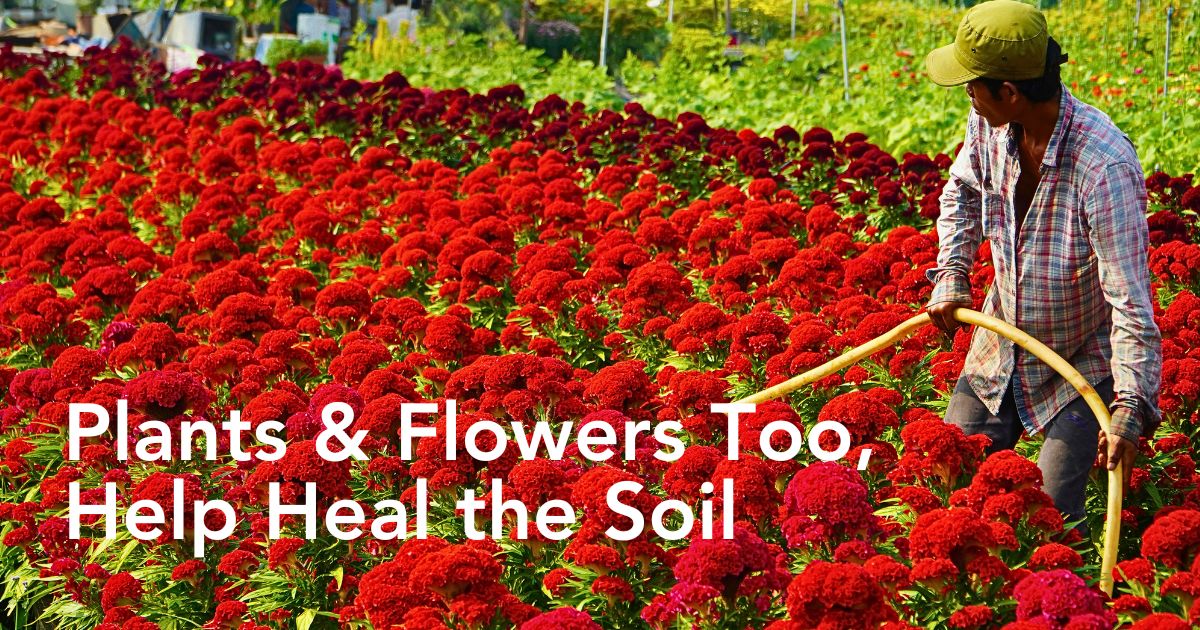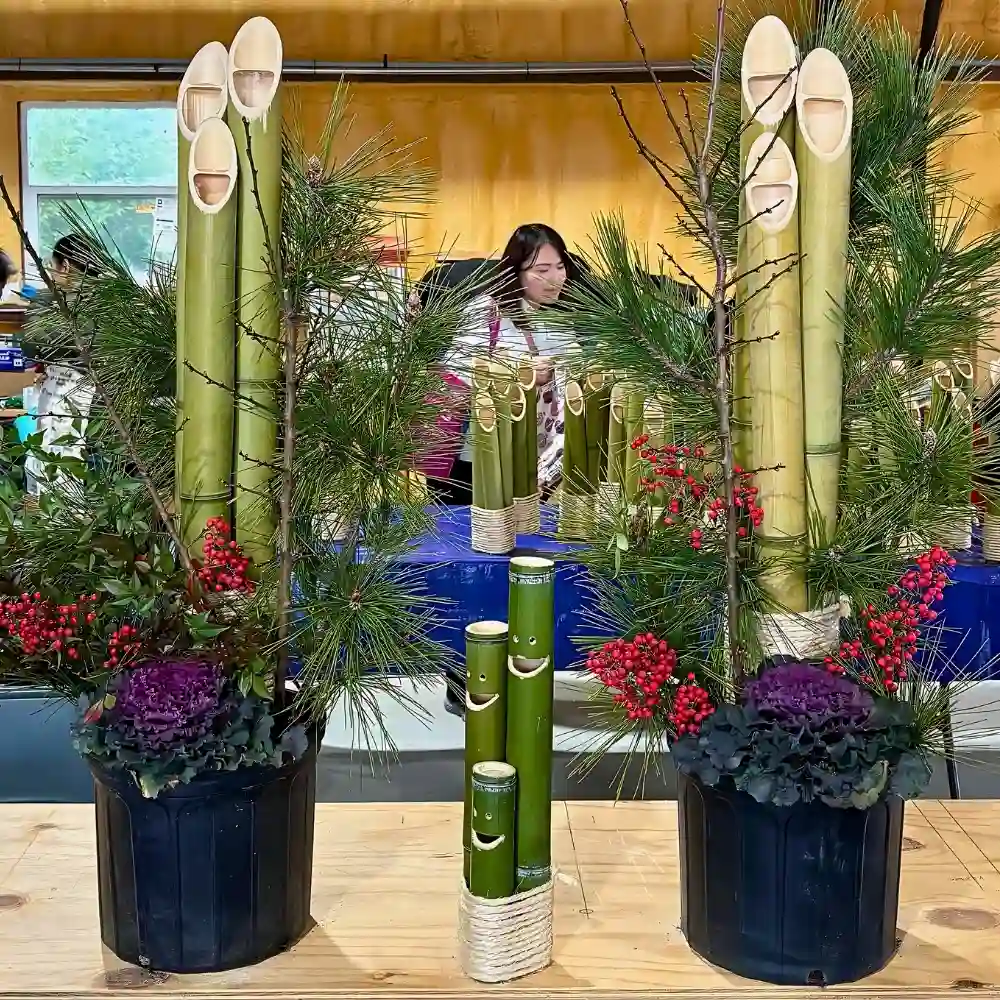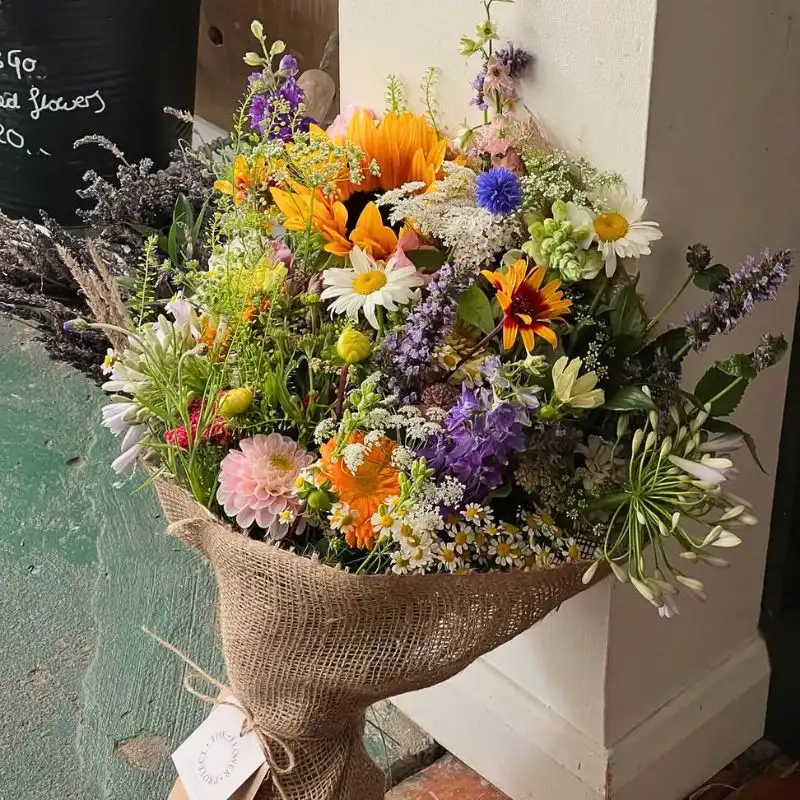What if one of the secrets to healthier soil is hiding right in plain sight? A field of marigolds or Hypericum, a farm with Asters grown, or a greenhouse with roses grown directly in the soil. Yes, flowers could be nature's own soil improvement system at work. And growers are waking up to the simple fact that, in different ways, the plants and flowers they grow also quietly heal and enhance the soil underneath them, be it directly or indirectly.
Understanding Soil as a Living Ecosystem
Soil is one of Earth's most biodiverse habitats. It hosts approximately 25% of the planet's biodiversity. A single gram of healthy soil contains billions of microorganisms—bacteria, fungi, protozoa, and nematodes—all working symbiotically to break down organic matter, fix nitrogen, regulate pH, and suppress diseases. These microscopic communities form the foundation upon which successful flower production depends, as healthy microbial ecosystems enhance plant nutrient uptake, leading to higher yields and natural resilience to pests and diseases.

Healthy soil is all about the sustained capacity of the soil to function as a vibrant living ecosystem that sustains plants, animals, and humans. It possesses qualities such as proper nutrient cycling, water infiltration and retention, biological diversity, and structural integrity, all of which form the bedrock upon which sustainable floriculture relies. It is all about the mutual relationship between crop cultivation and soil vitality. So, when flowers are thoughtfully integrated into these agricultural systems, the result is enhanced vital natural processes in the soil, creating more resilient and productive growing environments.
So, How Do Flowers and Their Production Enhance Soil Health?
Different flower species contribute differently to soil health. Flowers have varying root architectures that benefit soil structure. Deep-rooted flowers like sunflowers and cosmos penetrate compacted soil layers, creating channels that improve water infiltration and air movement, while fibrous-rooted varieties like marigolds and Zinnias create dense networks near the surface, binding soil particles and preventing erosion.
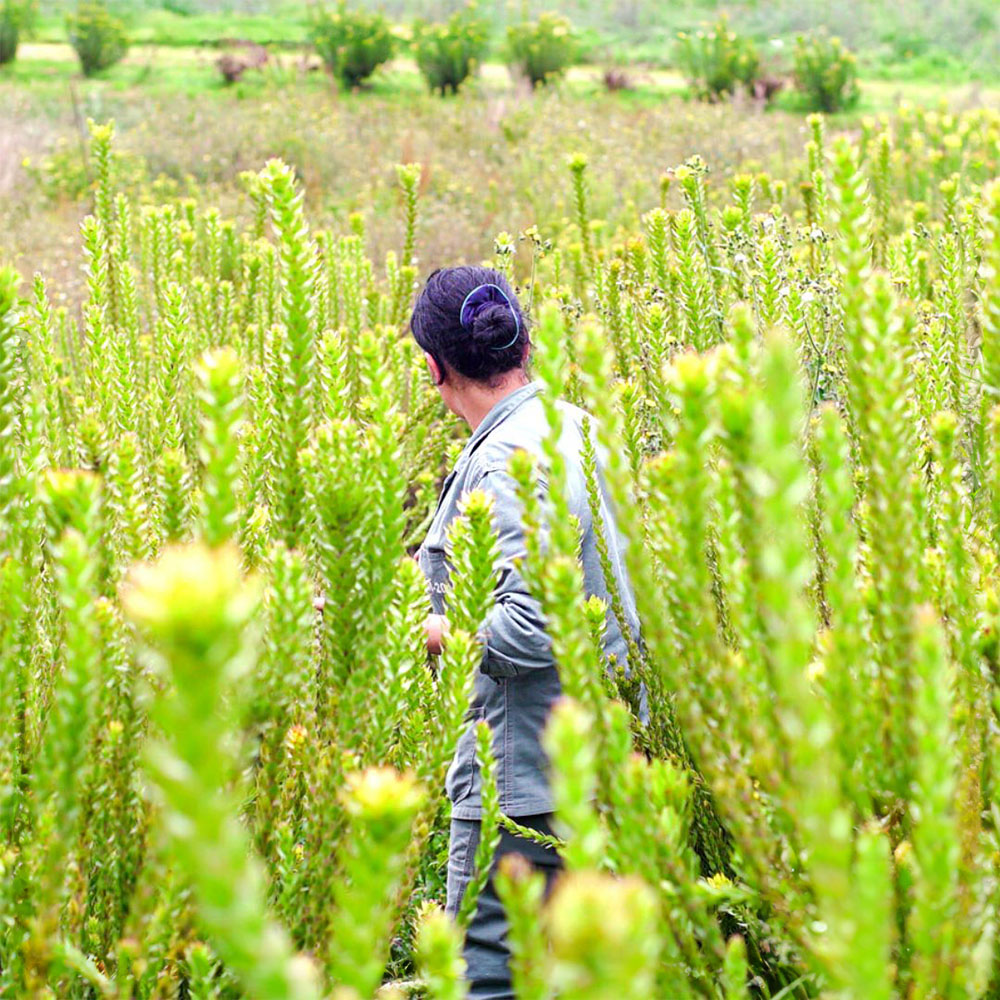
These diverse root systems also contribute organic matter through root exudates and eventual decomposition. As roots grow and shed cells, they feed soil microorganisms, stimulating biological activity and nutrient cycling. This continuous input of organic carbon helps build soil organic matter, improving water retention and nutrient availability for future crops.
Flowers also act as crucial habitat and food sources for beneficial insects, including pollinators, predatory insects, and parasitoids. This biodiversity extends below ground, where diverse plant communities support more complex soil food webs. For instance, growers certified by institutions like Florverde Sustainable Flowers (FSF), MPS, and Kenya Flower Council, among others, actively preserve ecosystems around them and protect native species, recognizing that biodiversity both above and below ground contributes to soil health and ecosystem resilience.
The presence of diverse flowering plants attracts beneficial insects, as well. These help to control pest populations naturally, reducing the need for chemical interventions that can harm soil organisms. This integrated approach to pest management supports soil health, albeit incidentally. It maintains the delicate balance of soil microorganisms essential for nutrient cycling and plant health.
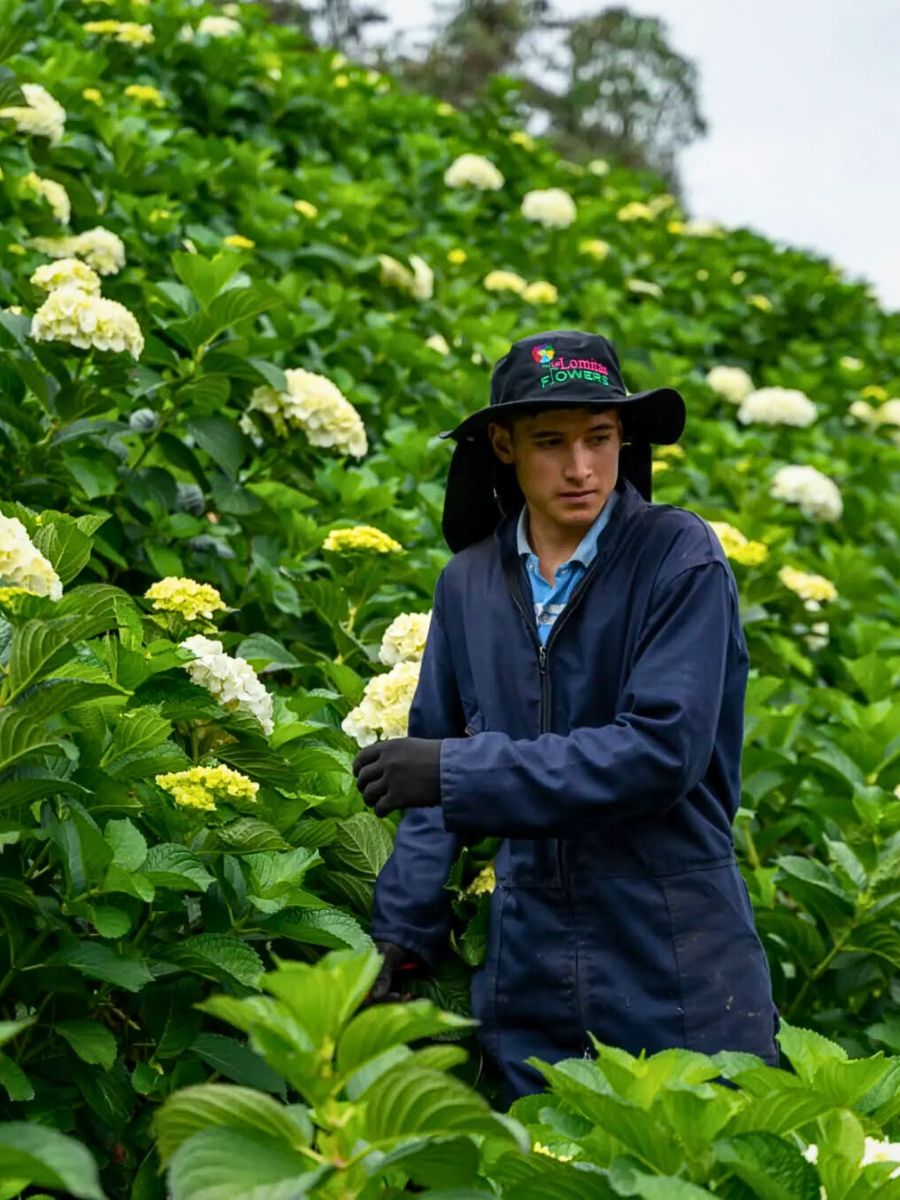
Cover cropping is also a notable approach. Many flowers function effectively as cover crops, providing soil protection during fallow periods or between main crop cycles. Cover crop flowers like crimson clover, Phacelia, and buckwheat offer different soil health benefits. They prevent soil erosion by providing ground cover, suppress weeds through competition and allelopathic effects, and contribute to nitrogen fixation, like in the case of leguminous varieties, including garden pea plants.
The cover cropping flowers also help break pest and disease cycles while adding organic matter when incorporated into the soil. Their fast establishment and diverse growth habits make them important plants for soil rehabilitation and maintenance in sustainable floriculture systems. Kenyan grower, Sunfloritech Ltd, exemplifies this integration in their approaches, including their use of crop residue mulch and live mulch with cowpeas, which are practices that boost microbial activity essential for nutrient cycling and soil fertility.
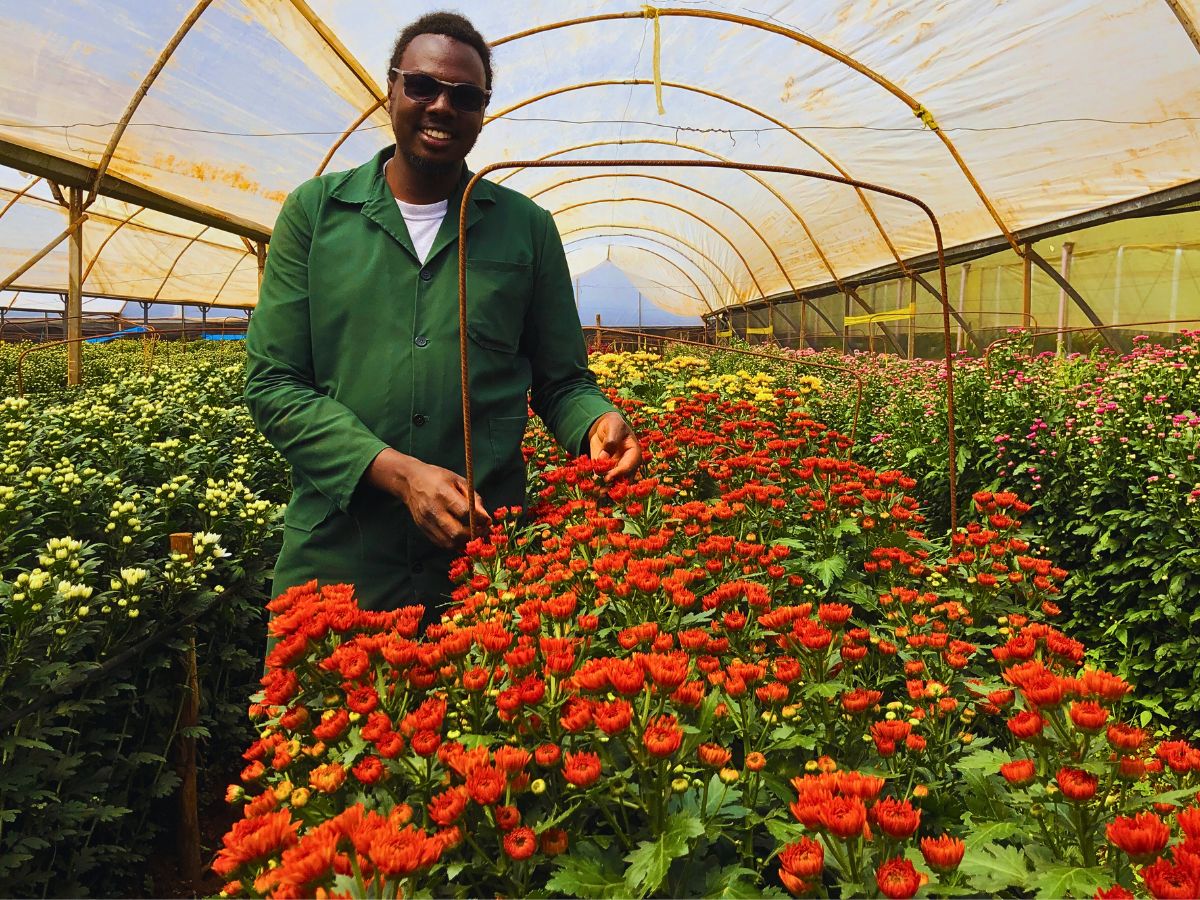
Combining technology with traditional soil health practices is also a growing trend in sustainable floriculture. Precision floriculture plays an increasingly vital role in sustainable soil management strategies, with advanced monitoring systems tracking soil conditions and identifying pest hotspots to allow targeted interventions, which minimize widespread chemical treatments. This technology has, in general, been documented to reduce resource use by up to 15% while boosting yields. It exemplifies how technology can, as well, work in achieving soil health.
A blend of different sustainable floriculture practices also shows great impacts on soil health, when it comes to watershed protection and water quality maintenance. Enhanced water infiltration capacity of organically managed soils reduces surface water contamination and groundwater pollution. This protects aquatic ecosystems downstream from flower production areas. Growers keen on watershed protection show the potential for water-neutral production—about 54% of total water used in certified farms comes from captured rainfall. Meanwhile, these practices support soil health.
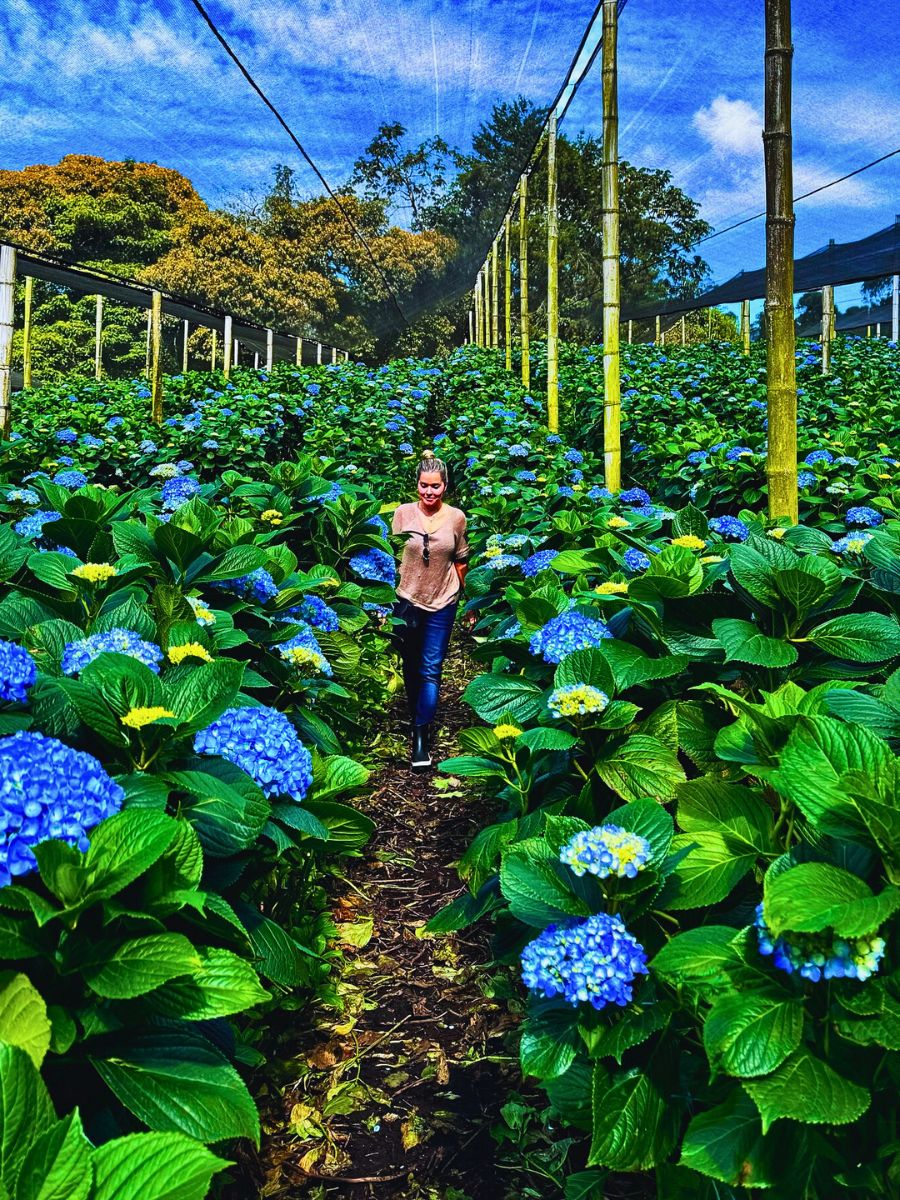
Modern research also reveals that flower farms offer significant opportunities for carbon sequestration when managed with ecological principles. Ecosystem resilience supports soil conservation, and organically managed soils contain 15-28% more organic carbon than conventional systems, significantly contributing to climate change mitigation, where healthy soils act as carbon sinks, storing atmospheric carbon dioxide while supporting thriving agrarian systems.
More studies confirm that organically managed systems have improved water retention compared to conventional systems. And while trials in these studies initially focused on staple crops, the underlying principles applied directly to floriculture, where soil structure and resilience directly affect flower stem strength, disease resistance, and overall quality.
Many flower farms and growers are also embracing composting techniques, effectively changing organic waste into nutrient-rich fertilizers that support soil health and biodiversity. Thus, by closing the loop, reducing reliance on chemical fertilizers, these farms enhance the well-being of the soil while protecting the environment, and showing the economic viability of floricultural integrated soil management approaches.
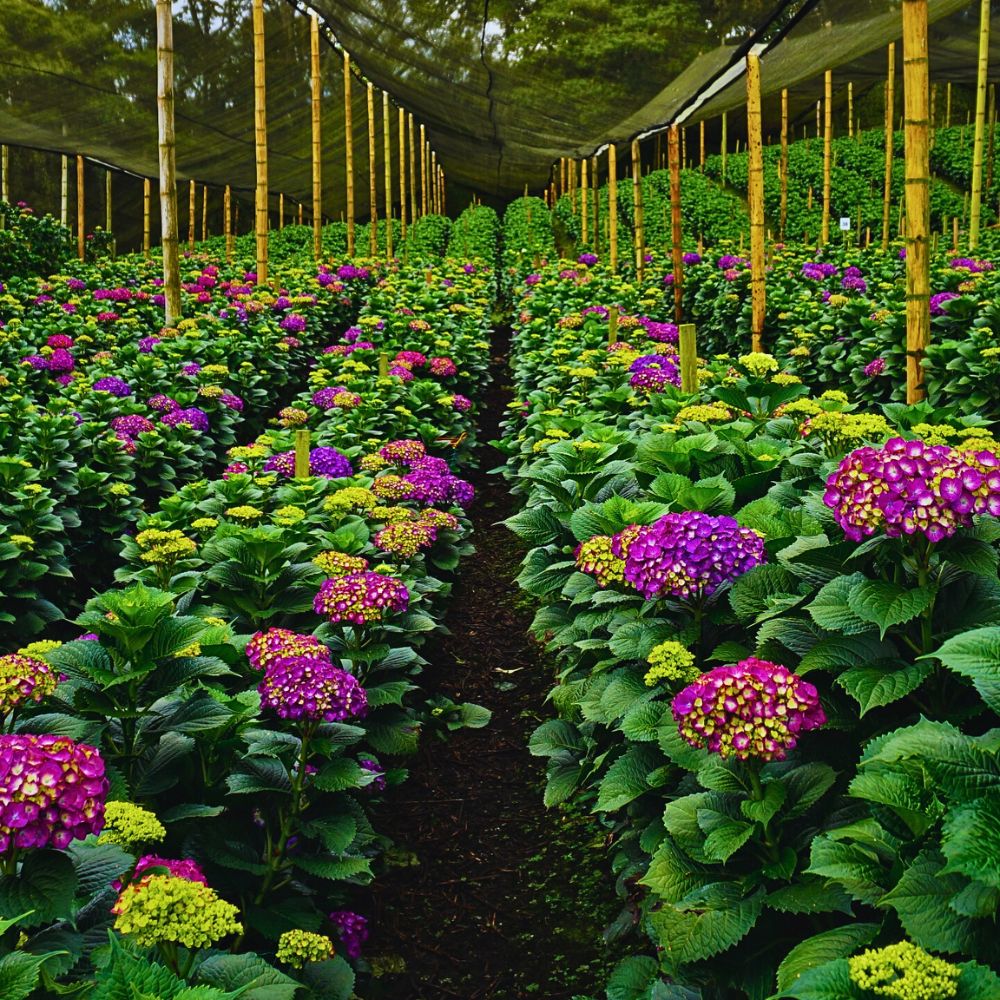
Still, yet, since organically managed soils host up to 50% more biodiversity and up to 30% more pollinators compared to conventional operations (according to studies), the thriving populations of earthworms, beneficial bacteria, and mycorrhizal fungi that create the complex subterranean networks, as well as hummingbirds, bats, and other pollinators on the flowers, facilitate nutrient cycling and plant health. The same can be said of ground-nesting bee species that depend on loose, undisturbed soils for optimal nesting conditions, more commonly found in low-till or no-till farming operations. These bees build the soil structure as well.
Also, the notion that sustainable flower producers have to demonstrate that their production’s integrated nutrient management systems can balance productivity with environmental conservation means they use organic fertilizers like seaweed extract, compost tea, and bone meal that release nutrients slowly, enhancing soil health over time as they support beneficial microorganisms. This builds resilient soil ecosystems capable of sustained productivity without environmental degradation.

All these practices, essentially, show measurable results, with certified farms that have embraced sustainable practices showing enhanced soil organic matter content and greater microbial diversity over time.
There Are Economic Benefits and Market Opportunities
Investing in soil health through flower-based strategies has immense returns for floriculture operations, with the flowers themselves (and their production practices) helping enhance the soil in return in a reciprocal way. But for the grower, healthy soils rich in organic matter content, stable structure, and rich microbial life create favorable root-zone conditions that support robust plant growth, reduce disease pressure, and enhance nutrient uptake. Such improvements translate directly into qualities essential for meeting export market standards.
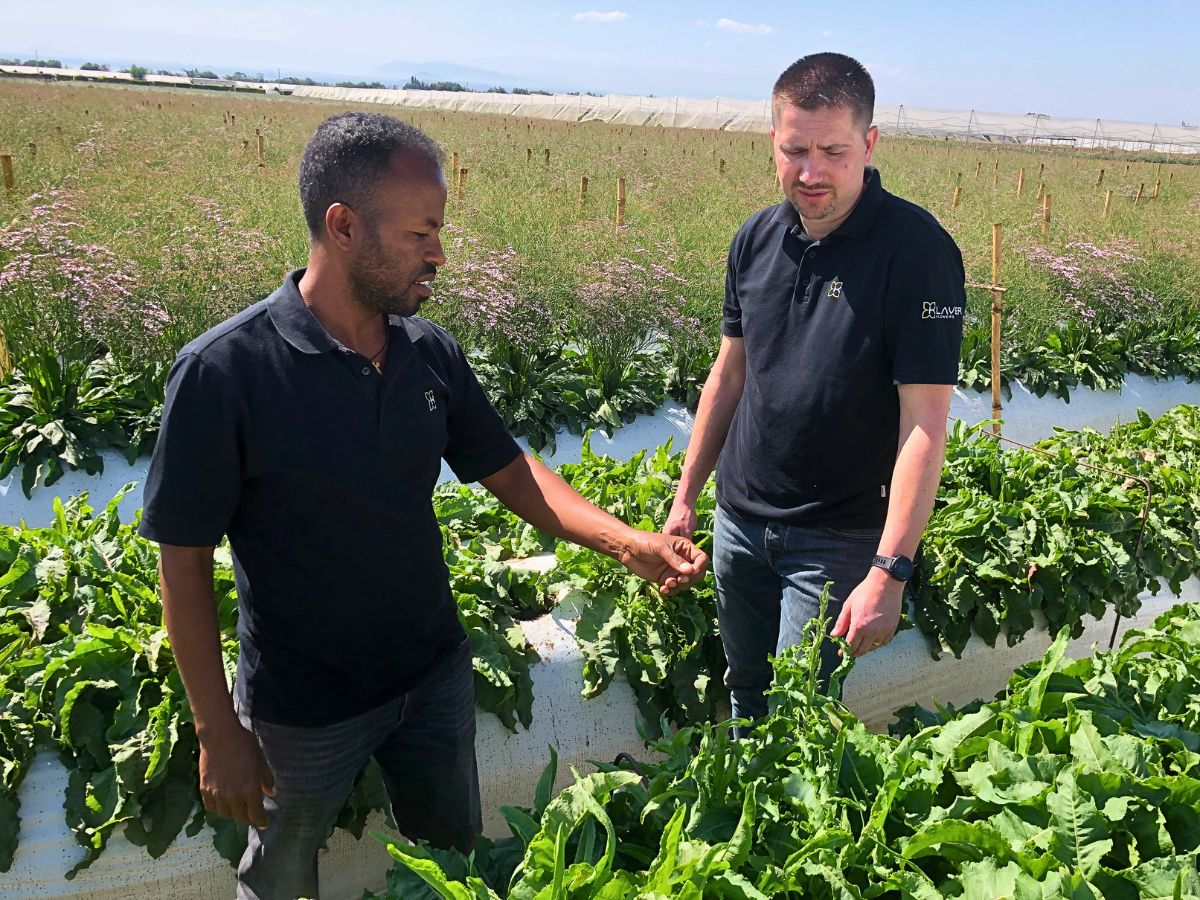
Also, the fact that carbon-conscious practices are gaining significant commercial value—different certifications have an element of soil health and carbon metrics in their evaluations—means certified growers participating in schemes linked to the Floriculture Sustainability Initiative (FSI) have improved soil metrics that support audit readiness and market differentiation, while reducing input expenses through enhanced nutrient cycling and moisture retention.
Likewise, sustainable floriculture-oriented soil health management practices, like composting, reduced tillage, mulching, and organic residue recycling, cushion production against erratic weather patterns, which is particularly important in regions with unpredictable rainfall patterns. Furthermore, consumer demand for sustainably produced flowers continues growing, creating market premiums for certified sustainable products.

And, since consumers are increasingly conscious of the environmental impact of their purchasing decisions, the flower industry responds by developing production methods that meet these expectations while delivering superior products. Essentially, as a key element of sustainable farming, the relationship between flowers and soil health means more than just aesthetic considerations. Flowers, too, actively support soil health maintenance and improvement just as much as healthy soils ensure better flower production.
Feature image by Gustavo Fring. Header image by Đỗ Bảo.

